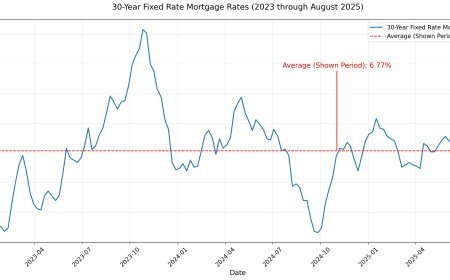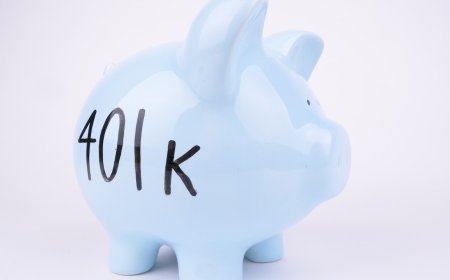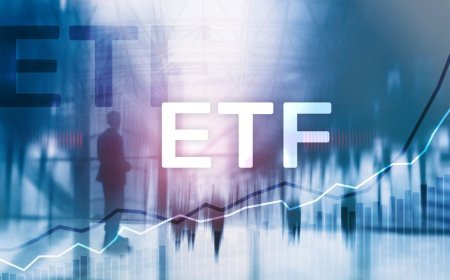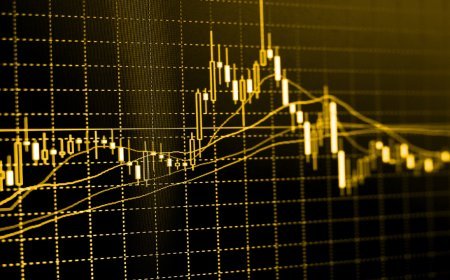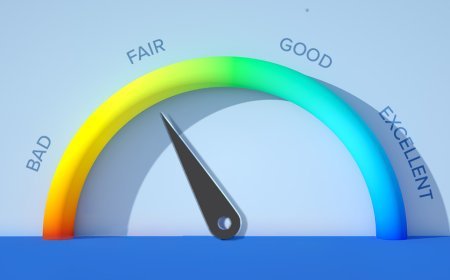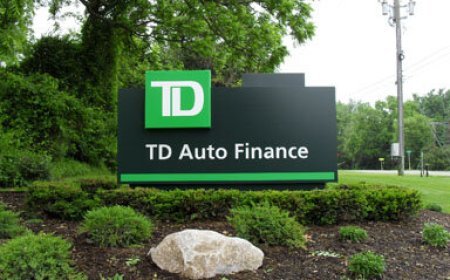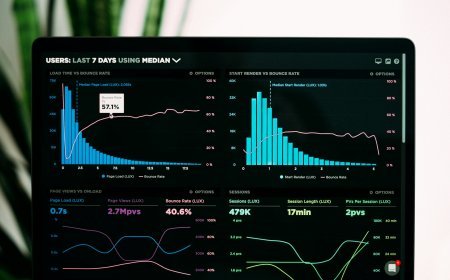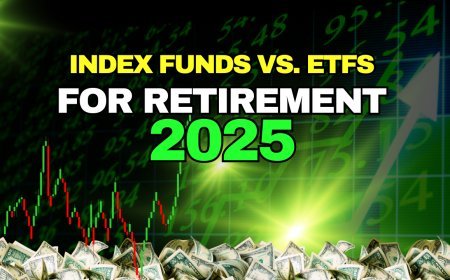Top ETFs to Invest in for 2026
Exchange-traded funds (ETFs) are a powerful tool for investors looking to diversify their portfolios without the complexity of picking individual stocks. By offering exposure to a wide range of assets, ETFs provide a balance of stability, growth potential, and affordability. Below, we explore seven of the best ETFs to consider for 2026, based on their performance, low costs, and alignment with current market trends.
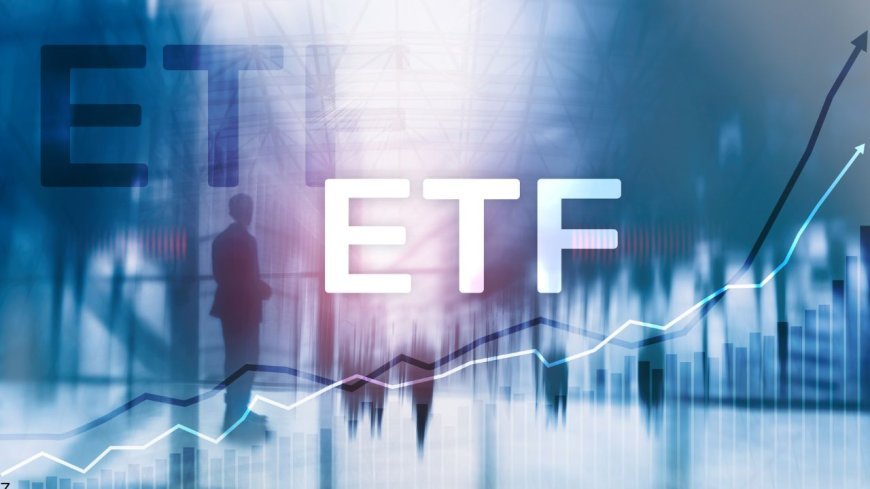
ETFs allow investors to own a diversified basket of stocks or other assets through a single fund, reducing the risk associated with individual stock investments. They trade like stocks on major exchanges, offering flexibility and ease of access. ETFs typically have lower fees than mutual funds, making them cost-effective for long-term investors. Whether you're seeking broad market exposure, sector-specific growth, or passive income, there's an ETF to suit your goals.
Here are seven top ETFs to consider for your portfolio in 2026, each offering unique advantages based on market conditions and investor preferences.
1. Vanguard S&P 500 ETF (VOO)
-
Ticker: VOO
-
Assets Under Management (AUM): $764.9 billion
-
Expense Ratio: 0.03%
-
Description: Tracks the S&P 500 index, offering exposure to 500 of the largest U.S. companies.
The Vanguard S&P 500 ETF is a cornerstone for many portfolios due to its ultra-low expense ratio of 0.03%, one of the lowest in the industry. For every $10,000 invested, you pay just $3 in annual fees, compared to $22 for the average competing fund. This ETF provides broad exposure to blue-chip companies like Apple, Microsoft, and Nvidia, making it ideal for investors seeking stable, long-term growth. Historically, the S&P 500 has delivered an average annual return of 8% with dividends reinvested over the past 50 years, making VOO a reliable choice for capturing market returns.
2. Invesco QQQ Trust (QQQ)
-
Ticker: QQQ
-
AUM: $384.2 billion
-
Expense Ratio: 0.2%
-
Description: Tracks the Nasdaq-100 index, focusing on the largest nonfinancial companies, primarily in technology.
For investors bullish on technology, the Invesco QQQ Trust is a standout. It includes top tech giants like Nvidia, Apple, Microsoft, Broadcom, and Amazon. Over the past decade, QQQ has delivered an impressive total return of approximately 536%, far outpacing the S&P 500’s 315% return. A $10,000 investment in QQQ ten years ago would be worth over $63,600 today. With the rise of artificial intelligence (AI) and other tech innovations, this ETF is well-positioned for continued growth, despite its slightly higher expense ratio of 0.2%.
3. Vanguard Growth ETF (VUG)
-
Ticker: VUG
-
AUM: $195.7 billion
-
Expense Ratio: 0.04%
-
Description: Invests in large-cap U.S. growth stocks, tracking the CRSP US Large-Cap Growth index.
The Vanguard Growth ETF is perfect for investors seeking exposure to high-growth companies without the hassle of active stock picking. Holding around 165 stocks, including tech leaders like Nvidia, Apple, and Microsoft, VUG offers a diversified approach to growth investing. Its expense ratio of 0.04% is remarkably low, ensuring investors keep more of their returns. This ETF is an excellent choice for those looking to capitalize on the growth potential of innovative U.S. companies.
4. iShares Core S&P Small-Cap ETF (IJR)
-
Ticker: IJR
-
AUM: $86.0 billion
-
Expense Ratio: 0.06%
-
Description: Tracks the S&P SmallCap 600 index, providing exposure to small-cap U.S. stocks.
Small-cap stocks can offer higher growth potential but come with increased volatility. The iShares Core S&P Small-Cap ETF mitigates some of this risk by holding nearly 650 small-cap stocks, with its top 10 holdings accounting for just 6.5% of the fund. With a low expense ratio of 0.06%, IJR is a cost-effective way to add small-cap exposure to your portfolio, balancing risk and reward for long-term investors.
5. Schwab U.S. Dividend Equity ETF (SCHD)
-
Ticker: SCHD
-
AUM: $72.0 billion
-
Expense Ratio: 0.06%
-
Description: Invests in 100 high-yielding U.S. stocks with a history of dividend growth.
For income-focused investors, the Schwab U.S. Dividend Equity ETF is a top pick. It tracks the Dow Jones U.S. Dividend 100 index, focusing on companies like Verizon, Altria, and Chevron, known for consistent dividend growth. As of September 2025, SCHD offered a trailing-12-month dividend yield of 3.7%, significantly higher than the S&P 500’s 1.2%. Its low expense ratio of 0.06% ensures investors retain more of their dividend income, while the fund’s focus on quality dividend payers supports long-term price appreciation.
6. Vanguard Total Stock Market ETF (VTI)
-
Ticker: VTI
-
AUM: $550.0 billion
-
Expense Ratio: 0.03%
-
Description: Tracks the CRSP US Total Stock Market index, holding over 3,500 U.S. stocks.
For investors seeking maximum diversification, the Vanguard Total Stock Market ETF is an excellent choice. It holds over 3,500 U.S. stocks across large-, mid-, and small-cap companies, encompassing the entire U.S. market. With an expense ratio of just 0.03%, VTI offers a low-cost way to invest in the broad U.S. economy, making it ideal for beginners and seasoned investors alike.
7. iShares Core MSCI Total International Stock ETF (IXUS)
-
Ticker: IXUS
-
AUM: $50.4 billion
-
Expense Ratio: 0.07%
-
Description: Holds over 4,200 international stocks, providing global diversification.
The iShares Core MSCI Total International Stock ETF offers exposure to international markets, excluding U.S. stocks. As of October 2025, its top geographies include Japan (14.7%), the United Kingdom (8.9%), China (8.5%), Canada (8.1%), and Taiwan (6.1%). With a low expense ratio of 0.07% and a dividend yield of 3%, IXUS is a cost-effective way to diversify globally, reducing reliance on U.S. market performance.
Benefits and Risks of ETFs
Benefits:
-
Diversification: ETFs reduce risk by spreading investments across multiple assets.
-
Low Costs: Most ETFs have lower fees than mutual funds, maximizing returns.
-
Flexibility: ETFs trade like stocks, allowing easy buying and selling.
Risks:
-
Potential Underperformance: ETFs may not match the returns of a well-picked stock portfolio.
-
Management Fees: While low, fees can still impact long-term returns.
-
Sector-Specific Risks: Some ETFs, particularly leveraged or sector-focused funds, can be volatile.
Choosing the Right ETF for You
Selecting the best ETF depends on your investment goals, risk tolerance, and time horizon. For beginners, broad-market ETFs like VOO or VTI offer simplicity and stability. Income-focused investors may prefer SCHD for its high dividend yield, while those seeking growth might opt for QQQ or VUG. For global diversification, IXUS is a strong contender. Consider your financial objectives and consult with a financial advisor to align your ETF choices with your overall strategy.
Conclusion
ETFs are an accessible and efficient way to build a diversified portfolio. The seven ETFs highlighted—VOO, QQQ, VUG, IJR, SCHD, VTI, and IXUS—offer a range of options for investors in 2026, from broad-market exposure to sector-specific growth and income generation. With low expense ratios and strong historical performance, these funds are well-positioned to help you achieve your financial goals. Always conduct thorough research or consult a financial professional before investing to ensure alignment with your risk profile and objectives.
Disclaimer: The information in this article is for educational purposes only and does not constitute financial advice. Always conduct your own research or consult a financial advisor before making investment decisions.
What's Your Reaction?
 Like
0
Like
0
 Dislike
0
Dislike
0
 Love
0
Love
0
 Funny
0
Funny
0
 Angry
0
Angry
0
 Sad
0
Sad
0
 Wow
0
Wow
0







